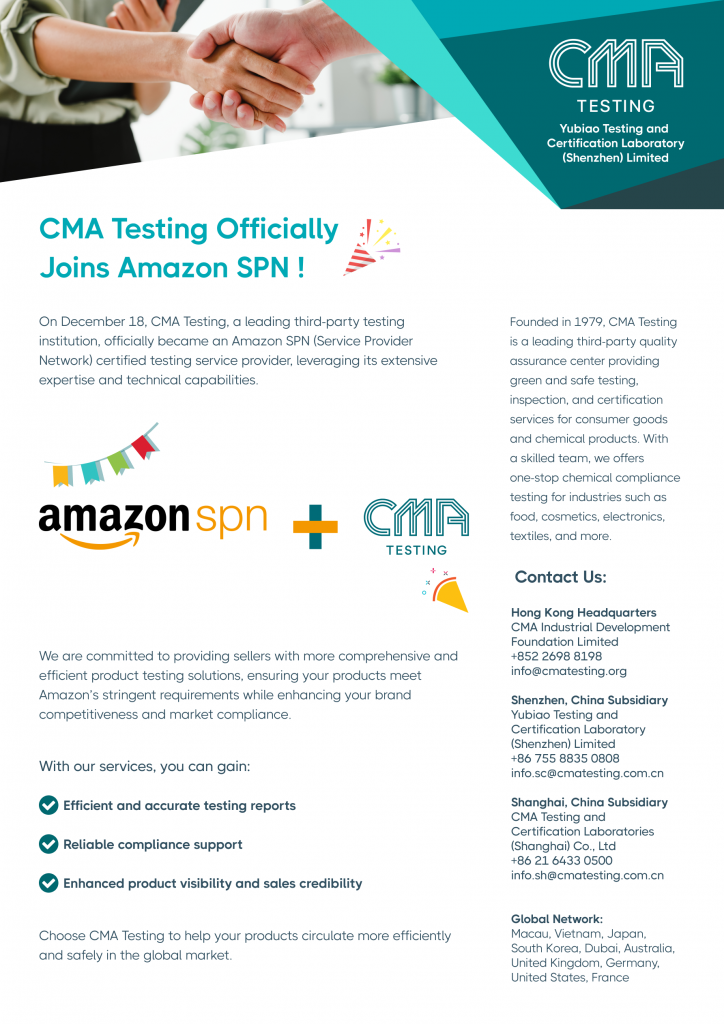

CMA+ is committed to assisting scientific research institutions in developing new technologies and by connecting traditional industries, using innovative technologies to support enterprise upgrading and transformation, and realize Hong Kong’s vision of “new industrialization”. CMA+ also cooperates with scientific research institutions in different regions to activate the development of new technologies locally and overseas.
CMA+ and “Full of Hope”, will jointly display the successful products – aldehyde removal products at the 58th Hong Kong Industrial Fair. Please visit our booth 6B09 for purchasing.
“Full of Hope” website : https://www.fullofhope.cn/sy
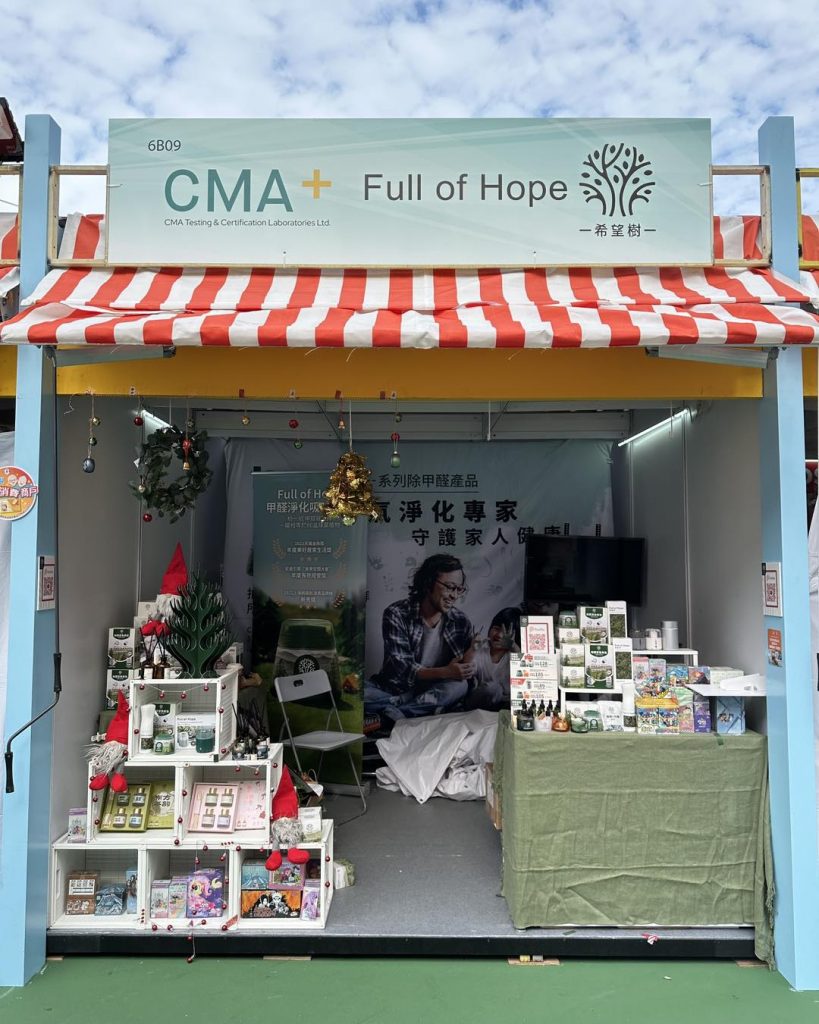

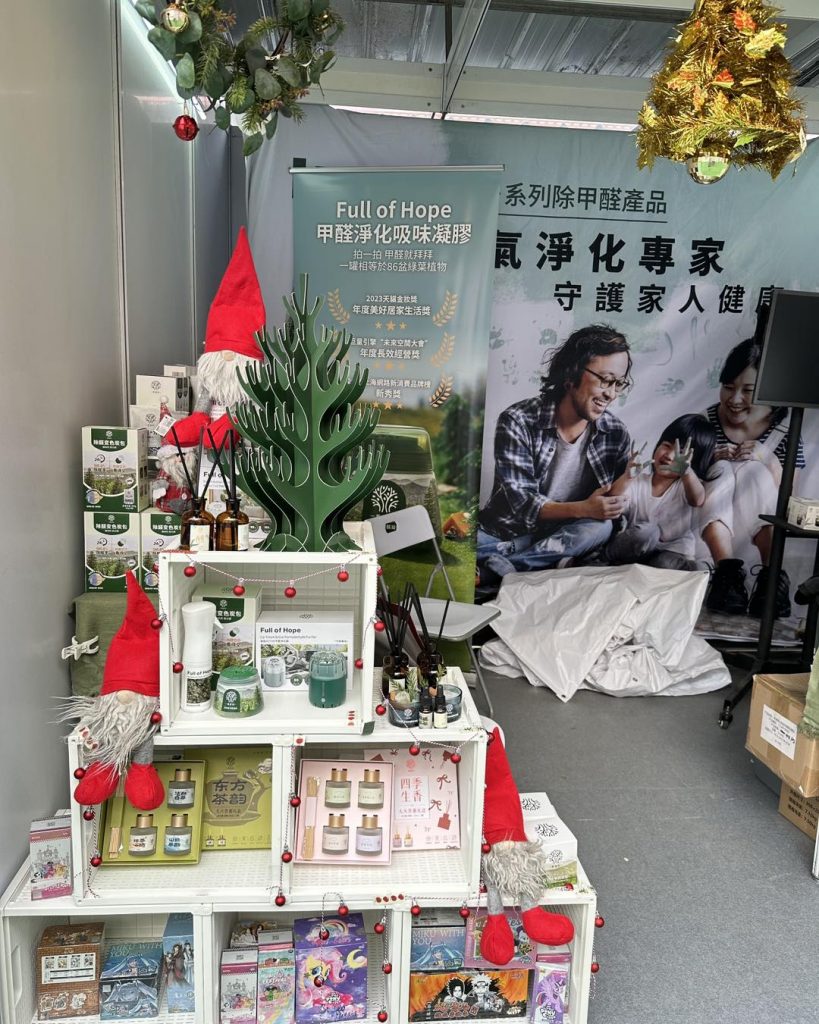
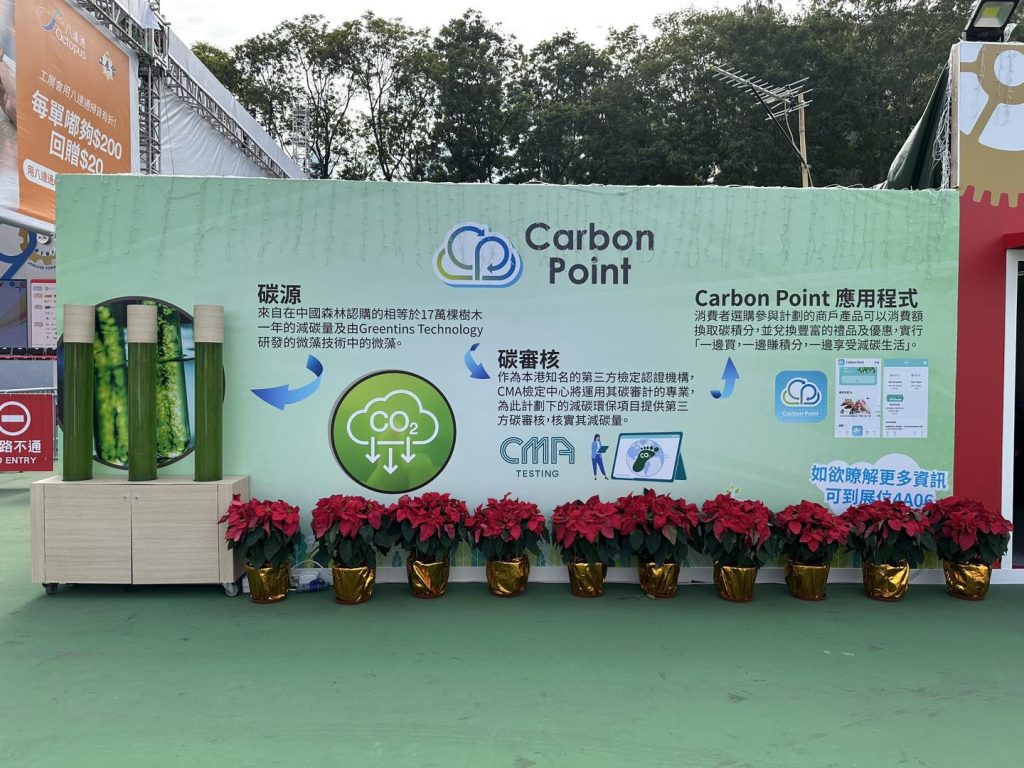
In order to stimulate Green Consumption in Hong Kong, CMA Testing and Carbon Points Limited joint force to deliver the first Green Consumption Apps in The 58th Hong Kong Brands & Products Expo. Please visit us at Booth 4A06 to learn how to exchange your special offer by Green Consumption and you can directly download the Apps by our QR code.
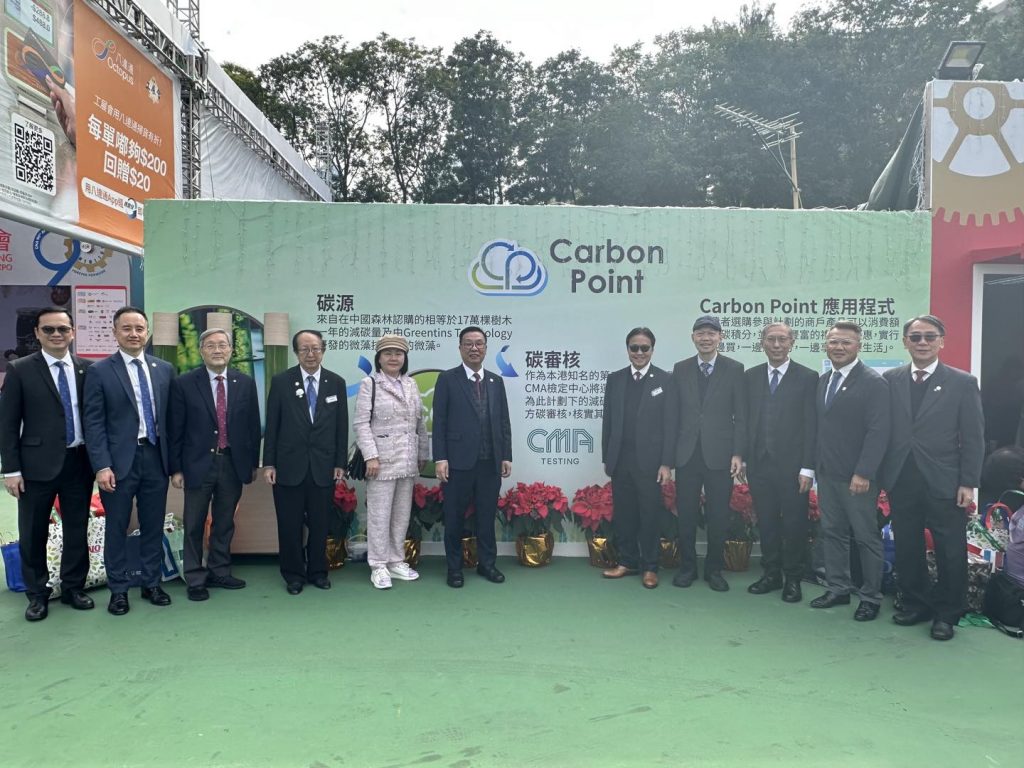
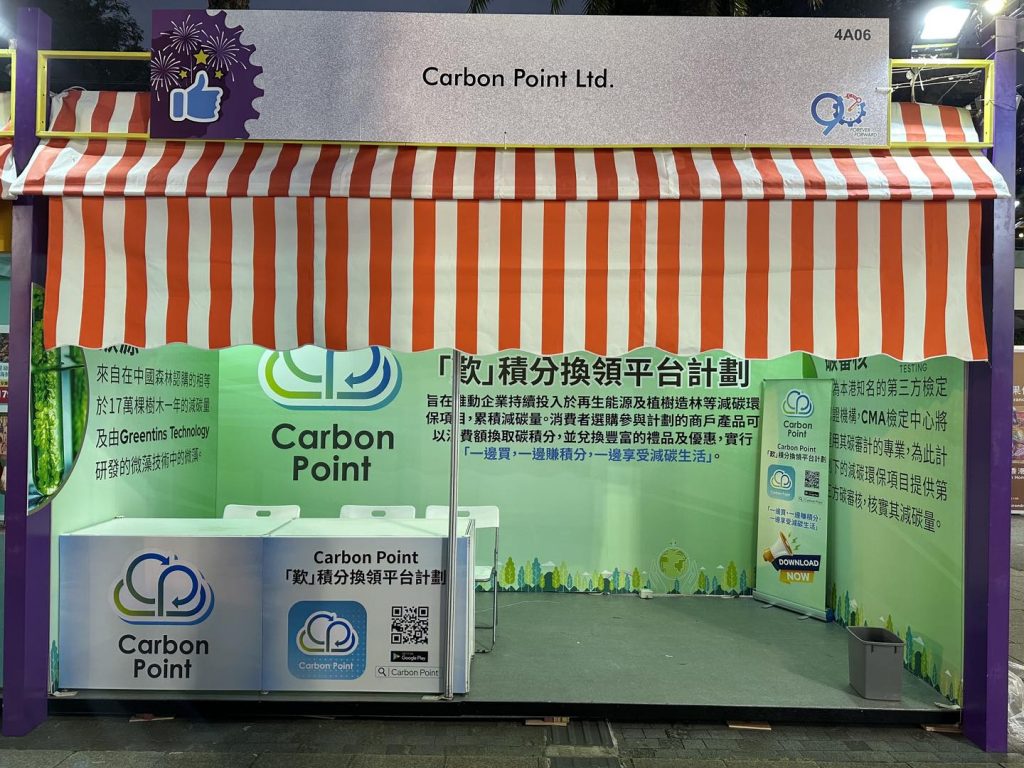
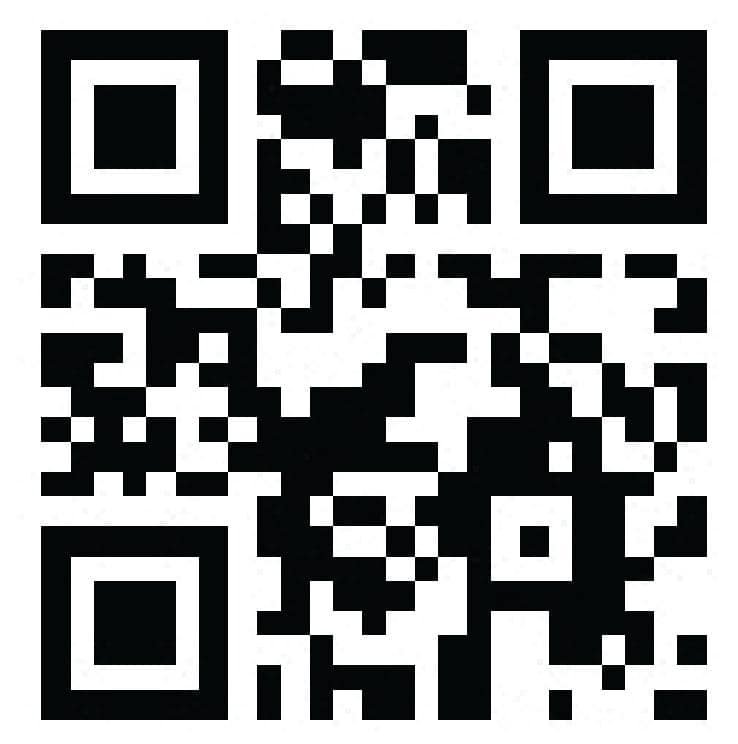
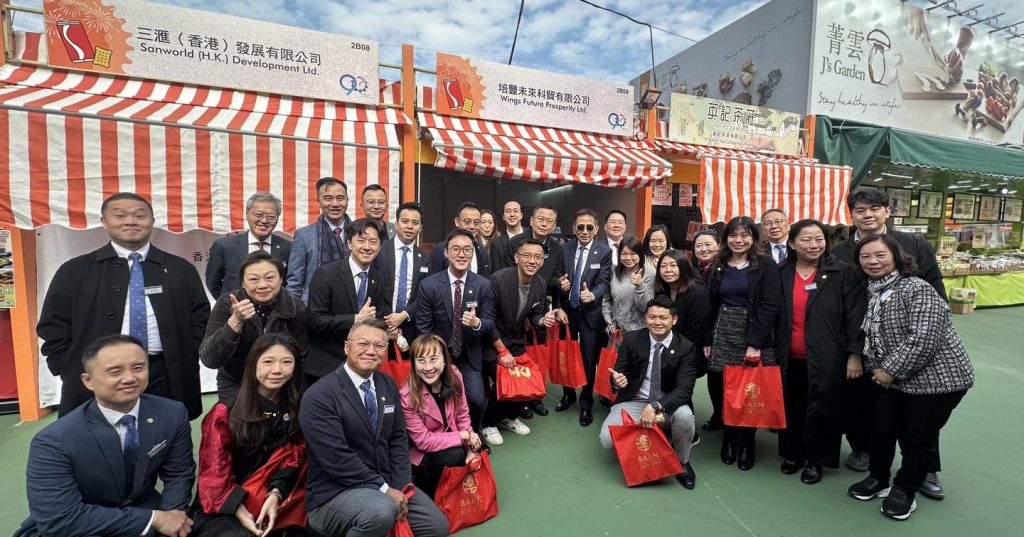
WINGS FUTURE has successfully coordinated Guilin, Hezhou, and Guizhou of a variety and high-quality foods, famous products, and agricultural products to Hong Kong then International markets. Exhibiting at The 58th Hong Kong Brands & Products Expo to enjoy high-quality food from Mainland China. Please visit our booth 2B09 & 5B06 for purchasing.
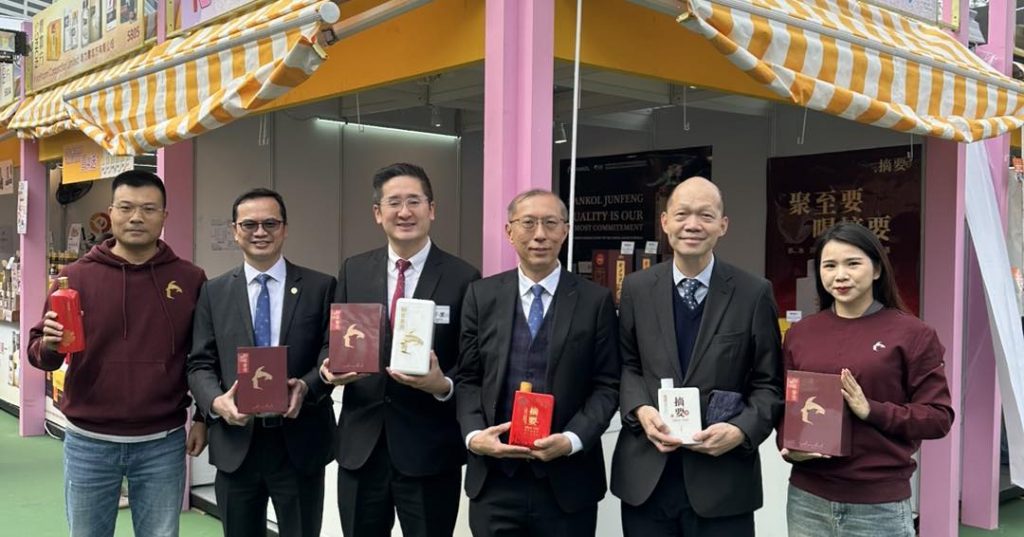
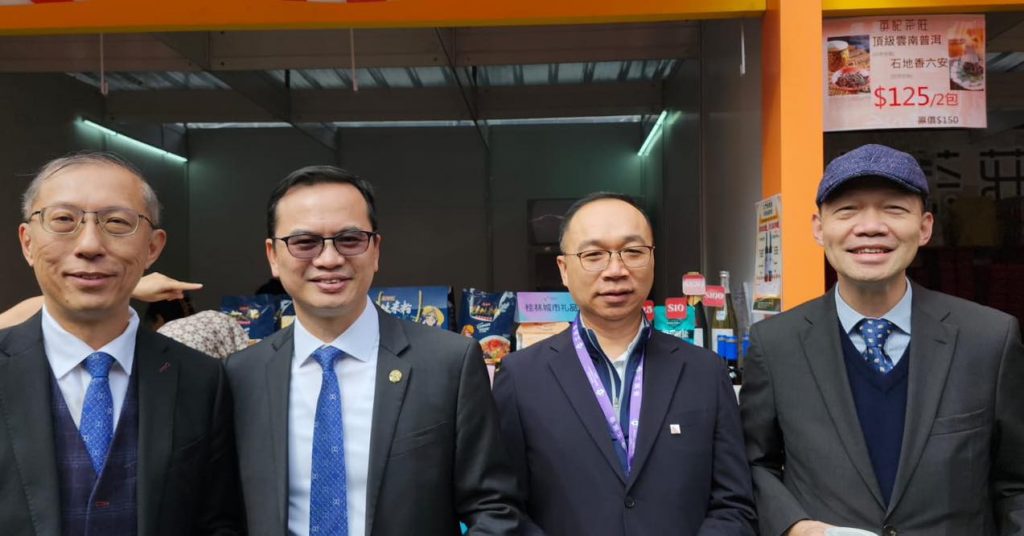
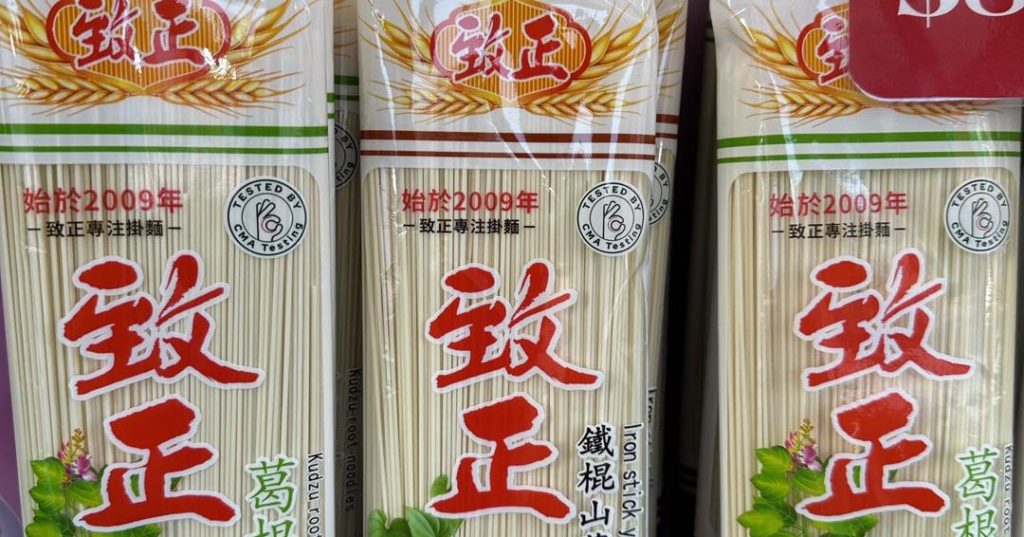
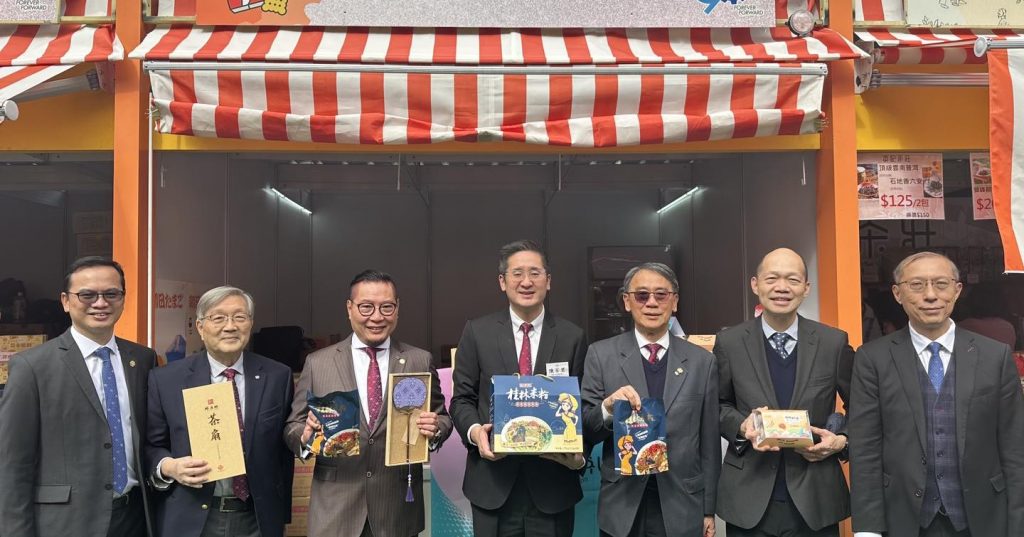
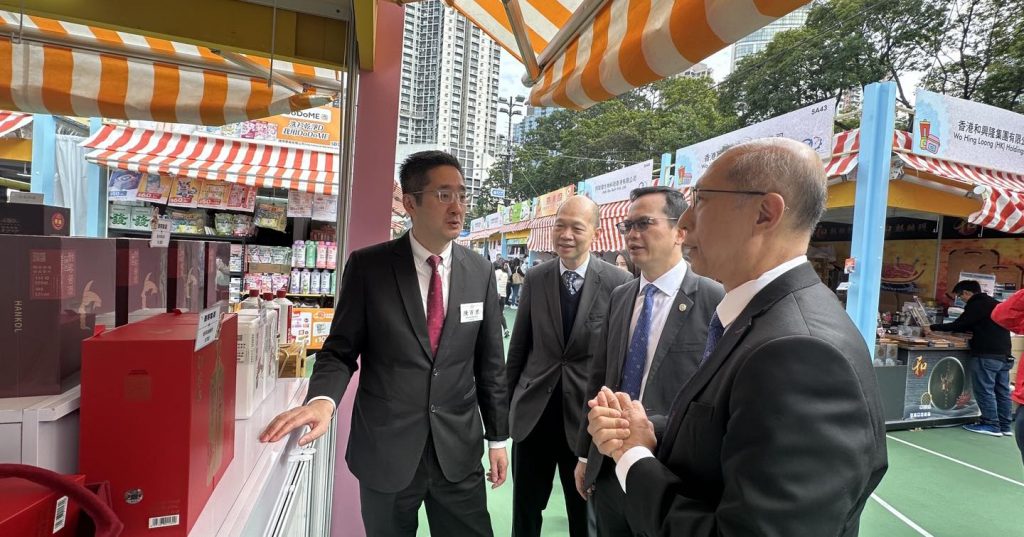

On December 4, 2024, the European Committee for Standardization (CEN) published the updated toy safety standard, EN 71-3: 2019+A2: 2024, Safety of Toys – Part 3: Migration of Certain Elements. This standard is scheduled to take effect in June, 2025, replacing the current version, EN 71-3: 2019+A1: 2021.
Compared to the old version, the main updates include:
- The updated standard removes the dewaxing step in the pre-treatment process.
- It includes additional revisions and updates to the testing methods for composite materials.
- Improvements have been made to the migration testing methods for Category I[1] and Category II[2] materials.
- The standard provides a clear explanation of the rationale for calculating migration limits for Cr(III) and Cr(VI) based on total chromium migration, enhancing the scientific validity and practicality of the methodology.
[1] Category I: Dry, brittle, powder like or pliable materials (e.g. the cores of coloring pencils, chalk, crayons; pliable modelling materials, including modeling clays and plaster)
[2] Category II: Liquid or sticky materials (e.g. finger paints, varnished, lacquers, liquid ink in pens and similar materials in liquid form like slimes and bubble solution; glue sticks)
In addition, the CEN has also published other EN71 series standards for toys:
- EN71-13: 2021+A2:2024, Safety of toys – Part 13: Olfactory board games, cosmetic kits and gustative games
- EN71-18:2024, Safety of toys – Part 18: Phenol in aqueous (content) and polymeric (migration) toy materials
- EN71-19:2024, Safety of toys – Part 19: Migration of bisphenol A from toy materials

1. CPSC proposes to revise the requirements for neck floats
On November 20, 2024, the US Consumer Product Safety Commission (CPSC) published a notice of proposed rulemaking (NPR). The existing mandatory toys safety standard ASTM F963-23 sets forth only minimal labeling requirements for aquatic toys such as neck floats, CPSC proposes to establish new performance and revised labeling requirements to address potentially deadly hazards associated with neck floats. The public comment period will be open until January 21, 2025.
Neck float means an article, whether inflatable or not, that encircles the neck, supports the weight of the child by being secured around the neck (such as by fastening, tightening, or other methods), is used as an instrument of play in water environments including sinks, baths, paddling pools and swimming pools, and is intended for use by children up to and including 4 years of age in water environments including sinks, baths, paddling pools and swimming pools.
2. EPA publishes a final rule revising PBT chemicals under TSCA Section 6(h): decaBDE and PIP (3:1)
On November 19, 2024, the U.S. Environmental Protection Agency (EPA) published the final rule revising Decabromodiphenyl Ether and Phenol (decaBDE ) and Isopropylated Phosphate (3:1) (IP (3:1)), two of the five persistent, bioaccumulative, and toxic (PBT) chemicals addressed in final rules issued under the Toxic Substances Control Act (TSCA) ection 6(h) in January 2021. This final rule requires workplace safety protections reducing exposure to those who work with those chemicals to the extent practicable, sets a limit for their concentrations in products and articles, and further prohibits water releases. This rule is effective on January 21, 2025.
https://www.epa.gov/chemicals-under-tsca/epa-finalizes-risk-evaluation-flame-retardant-tcep
3. EPA announces a notice to clarify the child resistant packaging requirements for pesticide products marketed in flexible packaging
On February 8, 2024, the U.S. Environmental Protection Agency (EPA) announced a notice that it had determined that pesticide products marketed in flexible packaging (e.g.,pouches) 20 fluid ounces or less in size with labeling either directly recommending residential use or reasonably interpreted to permit residential use are subject to the Child Resistant Packaging (CRP) mitigation measures, regardless of acute toxicity requirements, based on the visual similarity of the packaging design to children’s food products. On November 15, 2024, EPA clarified that the flexible packaging intended to be addressed by the determination is the packaging known as flexible spouted pouches, also known as a spouted pouch, spouted pouch and cap, or fitment pouch. The determination does not apply to non-spouted flexible packaging such as the flexible packaging of household cleaning wipes and pet spot on pipettes or applicators.
4. ASTM releases a new standard specification for fire safety for candles
On October 10, 2024, the American Society for Testing and Materials (ASTM) released a new version standard ASTM F2417-24.This standard is intended to prescribe minimum safety requirements for candles and candle ensembles to provide a reasonable degree of safety for normal use with candles, thereby improving personal safety and reducing fires, deaths, and injuries. Compared to the previous version, the definition of multi core candles has been added and some editorial revisions have been made.
https://www.astm.org/f2417-24.html
5. EPA finalizes the risk evaluation and final risk determination for the solvent 1,4-dioxane under TSCA
On November 13, 2024, the U.S. Environmental Protection Agency (EPA) released its final supplement to the risk evaluation and final risk determination for the solvent 1,4-dioxane under the Toxic Substances Control Act (TSCA). EPA has determined that this chemical poses an unreasonable risk of injury to human health. 1,4-Dioxane has the potential to cause cancer and harm the liver and nasal tissue. EPA must begin risk management to address the unreasonable risk presented by 1,4-dixoane. EPA will release a proposed rule under TSCA section 6 to protect people from the identified risks.
https://www.epa.gov/chemicals-under-tsca/epa-finalizes-solvent-14-dioxane-tsca-risk-evaluation
6. EPA proposes to add HCFO-1224yd(Z) to the list of VOC-exempt Chemicals
On November 12, 2024, the U.S. Environmental Protection Agency (EPA) proposed to revise the EPA’s regulatory definition of volatile organic compounds (VOC) under the Clean Air Act (CAA). This action proposes to add (Z)-1-chloro-2,3,3,3-tetrafluoropropene (also known as HCFO-1224yd(Z); CAS number 111512-60-8) to the list of compounds excluded from the regulatory definition on the basis that this compound makes a negligible contribution to tropospheric ozone (O3) formation.
7. CPSC releases a final rule for infant support cushions
On November 4, 2024, the Consumer Product Safety Commission (CPSC) published the final rule 16 CFR 1243 for infant support cushions in the Federal Register. The final rule provide performance safety testing and marking and labeling requirements for infant support cushions and is effective on May 5, 2025. Infant support cushion means an infant product that is filled with or comprised of resilient material such as foam, fibrous batting, or granular material or with a gel, liquid, or gas, and which is marketed, designed, or intended to support an infant’s weight or any portion of an infant while reclining or in a supine, prone, or recumbent position. This definition includes any removable covers, or slipcovers, sold on or together with an infant support cushion.
8. CPSC releases a final rule for soft infant and toddler carriers
On November 20, 2024, the Consumer Product Safety Commission (CPSC) published the final rule 16 CFR 1226 for soft infant and toddler carriers in the Federal Register, which cites the latest voluntary standard ASTM F2236-24 as a mandatory. The rule is effective on February 22, 2025, unless the Commission receives a significant adverse comment by December 20, 2024. If the Commission receives such a comment, it will publish a document in the Federal Register, withdrawing this direct final rule before its effective date.
9. The draft final rule for eFiling has been submitted to the CPSC for review
On November 20, 2024, the draft final rule for eFiling was submitted to the Consumer Product Safety Commission (CPSC) for their review. The decisional meeting for this matter is scheduled on December 18, 2024. After review and consideration of the comments, for the Final Rule, CPSC staff recommend a longer effective date than the proposed 120 days, recommending a 12-month effective date for all CPSC-regulated products and substances that require testing and certification, except for products and substances entered for consumption or warehousing from a foreign trade zone, for which staff recommend a 24-month effective date because additional systems work will be required.
10. EU proposes to revise POPs regulations concerning the restriction requirements for perfluorooctanoic acid (PFOA), its salts and related substances
On November 8, 2024, the European Union released a revised draft act of the POPs Regulation (EU) 2019/1021, proposing to revise the restriction requirements for perfluorooctanoic acid (PFOA), its salts and related substances. This draft act is open for feedback from November 8, 2024 to December 6, 2024. Perfluorooctanoic acid (PFOA), its salts and PFOA-related substances are generally banned in the EU and globally, but there are some time-limited exceptions. This draft act will postpone the date of the ban for fire-fighting foams and propose new concentration limits as an unintentional trace contaminant.
11. EU issue progress update on PFAS restriction
On November 20, 2024, the European Chemicals Agency (ECHA) and authorities from Denmark, Germany, the Netherlands, Norway and Sweden have released a progress update on the process to restrict per- and polyfluoroalkyl substances (PFAS) in Europe. The five authorities (Dossier Submitters) and ECHA’s scientific committees for Risk Assessment (RAC) and for Socio-Economic Analysis (SEAC) continue to consider more than 5600 scientific and technical comments received from third parties during the consultation in 2023.
This consultation input helps the Dossier Submitters to progressively update and improve the information on PFAS. It has also helped identify uses that were not specifically named in the initial proposal, and these are being incorporated into existing sector assessments or grouped into new sectors as needed. Examples include sealing applications, technical textiles, printing applications and other medical applications.
Alternative restriction options, besides a full ban or a ban with time-limited derogations, are also being considered. An alternative option could, for example, involve conditions allowing the continued manufacture, placing on the market or use of PFAS instead of a ban. This consideration is particularly relevant for uses and sectors where evidence suggests that a ban could lead to disproportionate socio-economic impacts.
12. Hazardous substances banned under POPs and REACH found in cosmetic products
On October 30, 2024,a pilot enforcement project by ECHA’s Enforcement Forum found that 6 % of inspected cosmetic products contained hazardous substances banned under POPs and REACH regulations. The national enforcement authorities in 13 European Economic Area (EEA) countries checked nearly 4 500 cosmetic products, mainly looking at the ingredients list, for the presence of perfluorooctanoic acid (PFOA), long chain perfluorocarboxylic acids (PFCAs) and related substances, and cyclic siloxanes D4 and D5. The authorities found that 285 of the inspected cosmetics included hazardous chemicals whose use is banned in these products. Those found were:
- Perfluorononyl dimethicone
- Perfluorooctylethyl triethoxysilane
- Perfluorononylethyl carboxydecyl PEG-10 dimethicone
- Cyclopentasiloxane (D5), cyclomethicone (a blend of D4, D5 and D6), cyclotetrasiloxane (D4)
https://www.echa.europa.eu/-/hazardous-chemicals-found-in-cosmetic-products
13. EU publishes a new version standard EN 12520:2024 for domestic seating
On November 20, 2024, the European Committee for Standardization (CEN) published a new version standard EN 12520:2024 “Furniture – Safety, strength and durability – Requirements for domestic seating” which will come into force on May 31, 2025. This new standard specifies the minimum requirements for the safety, strength and durability of all types of domestic seating for adults. It also specifies additional test methods for seat side-to-side durability as well as finger entrapment and shear and compression.
14. Health Canada releases new Tent Regulations and revises Toy Regulations
On November 8, 2024, Canada published the SOR/2024-217 Tent Regulations in its official gazette, replacing the old version of SOR/2016-185 Tent Regulations. The new Tent Regulation updates flammability performance requirements and fire-safety labelling. The Gazette also amends SOR/2011-17 Toy Regulations, by adding flammability performance requirements and fire-safety labelling for toy intended to be entered by a child. The Tents Regulations and the amended Toys Regulations help maintain health and safety protections from flammability hazards posed by tents and children’s play tent products for people in Canada, while improving the requirements for assessing flammability performance, reducing the need for manufacturers to apply flame retardant chemicals to their products.
https://canadagazette.gc.ca/rp-pr/p2/2024/2024-11-20/html/sor-dors217-eng.html#fn2-1-rf
15. Starting from January 2025, Japan will ban 138 PFOA related compounds
On November 15, 2024, the Japanese Ministry of Health, Labor and Welfare, Ministry of Economy, Trade and Industry, and Ministry of the Environment jointly issued Common Ministerial Order No. 4 of 2024, officially designating 138 PFOA-related compounds as Class I specific chemicals under the Order for Enforcement of the Act on the Evaluation of Chemical Substances and Regulation of their Manufacture. The Order will come into effect Jan. 10, 2025.
PFOA, also known as C8, are perfluorinated compounds that are used as synthetic surfactants in a number of products including lubricants, paints, cosmetics, food packaging, nonstick pans and fire-fighting foam. PFOA has been classified as ‘carcinogenic to humans’ by the International Agency for Research on Cancer (IARC).
https://www.meti.go.jp/policy/chemical_management/kasinhou/files/hourei/laws_r070110_r061115.pdf
16. Japan intends to revise the Chemical Substances Control Law to ban UV-328, Methoxychlor and Dechlorane Plus
Recently, the Japanese Ministry of Health, Labor and Welfare, Ministry of Economy, Trade and Industry, and Ministry of the Environment jointly issued a notice, proposing to ban UV-328, Methoxychlor and Dechlorane Plus by designating them as class I specified chemical substances under the Chemical Substances Control Law.
17. The draft of China’s mandatory standard “Requirements for restricted use of hazardous substances in electrical and electronic products” is now open for public comment
On November 19, 2024, the Ministry of Industry and Information Technology of the People’s Republic of China released a notice on soliciting public opinions on eight mandatory national standards, including “Requirements for restricted use of hazardous substances in electrical and electronic products” (draft for comments).The “Requirements for restricted use of hazardous substances in electrical and electronic products” stipulate the limit requirements, labeling requirements, and conformity assessment requirements. It applies to electrical and electronic products produced, sold, and imported domestically. The deadline for public comments is January 18, 2025, and if you have any objections, you can fill out the “Feedback Form for Mandatory National Standards” during the public comment period to provide feedback.
https://www.miit.gov.cn/gzcy/yjzj/art/2024/art_81a1084b52a54f4681aec105be4948f6.html
18. Hong Kong, China provisions on prohibition of supply and sale of regulated mercury-added products
Hong Kong Environmental Protection Department (EPD) announced that the relevant provisions of the Mercury Control Ordinance prohibiting the supply and sale of regulated mercury-added products will come into effect on December 1, 2024 to protect public health and the environment from anthropogenic emissions of mercury and mercury compounds. Regulated mercury-added products include batteries, switches and relays, compact fluorescent lamps, linear fluorescent lamps, high-pressure mercury vapour lamps, cold cathode fluorescent lamps and external electrode fluorescent lamps for electronic display, cosmetics, biocides and topical antiseptics, and non-electronic measuring devices (mercury thermometers and mercury sphygmomanometers).
https://www.info.gov.hk/gia/general/202411/08/P2024110700438.htm
https://www.epd.gov.hk/epd/sc_chi/international_conventions/mercury/mco.html
19. Taiwan, China lists 357 PFAS as toxic substances
Recently, the Ministry of Environment in Taiwan, China published a draft to revise the Categories and Management of Handling for Toxic Chemical Substances, and commenced a period of public comments. This revised primarily targets persistent organic pollutants. According to the requirements of the United Nations Stockholm Convention, the Ministry of Environment intends to officially list 357 perfluorinated and polyfluoroalkyl substances (PFAS), including perfluorooctane sulfonic acid (PFOS), its salts and related compounds, perfluorooctanoic acid (PFOA), its salts and related compounds, as toxic chemicals.
https://enews.moenv.gov.tw/DisplayFile.aspx?FileID=2A15D5235A988890
Recall
EU rapid alert system for dangerous non-food products (Rapex):
https://ec.europa.eu/safety-gate-alerts/screen/search?resetSearch=true
Canada Recall:
https://recalls-rappels.canada.ca/en/search/site
Australian Recall:
https://www.productsafety.gov.au/recalls
US CPSC Recall:
Recall case:
| Product category | Sample images | Notification submitted by | Reason for recall |
| Mermaid travel soothers |  | US | The recalled toy’s gold-colored soft star can detach, posing a choking hazard to young children. |
| Baby Slumber Suits | 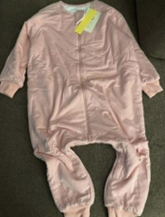 | US | The recalled slumber suits violate federal flammability regulations for children’s sleepwear, posing a risk of burn injuries to children. |
| Strollers | 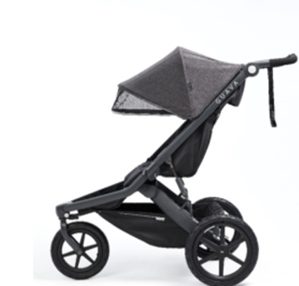 | US | The stroller’s brakes can fail to engage or unexpectedly disengage, posing fall and injury hazards to children. |
| Microfiber Crib Safety Bumpers | 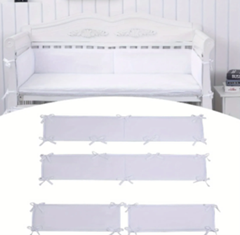 | US | The recalled crib bumpers violate the federal crib bumper ban, posing a suffocation hazard to infants. Padded crib bumpers are banned by the federal Safe Sleep for Babies Act. |
| Battery Packs | 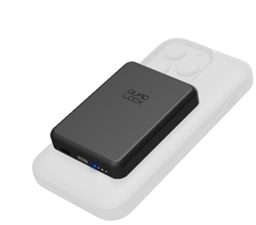 | US/Canada | The battery pack in the chargers can overheat, posing a fire hazard. |
| Smart Electric Space Heaters | 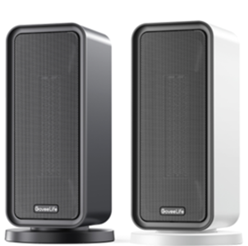 | US/Canada | The smart electric space heaters can overheat, posing fire and burn hazards. Testing determined the smart electric space heaters do not comply with the voluntary industry safety standard, UL 1278, posing an overheating and fire risk from wireless control features |
| Portable Lamps | 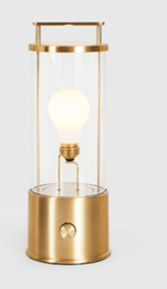 | US | An electronic malfunction can cause the lamp’s lightbulb to fail and the lithium battery to overheat, posing a fire hazard. |
| Bed Assist Rail adult bed rails | 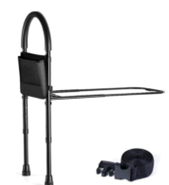 | US | When the recalled bed rails are attached to an adult’s bed, users can become entrapped within the bed rail or between the bed rail and the side of the mattress. This poses a serious entrapment hazard and risk of death by asphyxiation. |
| Strollers | 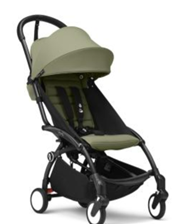 | US | The parking brake on the recalled strollers can disengage, posing an injury hazard. |
| KickScooters | 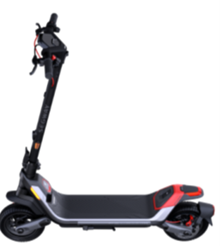 | US | The front fork of the recalled KickScooters can break, posing fall and injury hazards to the rider. |
| Youth Bike Helmets | 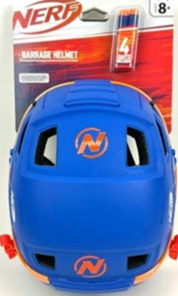 | US | The recalled helmets do not comply with the retention system requirements of the mandatory federal safety regulations for bicycle helmets. The helmets can fail to protect the wearer in the event of a crash, posing a risk of head injury. |
| Plush toy A11/00141/24 | 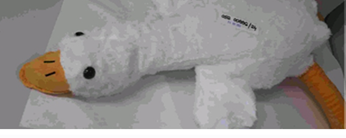 | Croatia | The fibrous stuffing material of the toy is easily accessible due to the weakness of the seams. A small child may put the filling material in the mouth and choke. The product does not comply with the requirements of the Toy Safety Directive, nor with European standard EN 71-1. |
| Jumping toy A12/03082/24 | 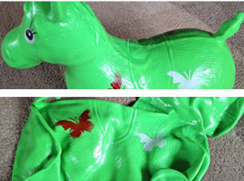 | Poland | The plastic material of the product has an excessive concentration of dibutyl phthalate (DBP) (measured value up to 11.6% by weight). This phthalate may harm the health of children, causing possible damage to their reproductive system. The product does not comply with the REACH Regulation. |
| Plastic doll set A12/03069/24 | 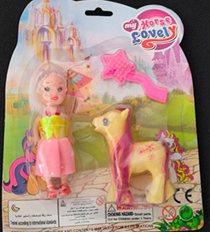 | Cyprus | The plastic material of the product (the head of the doll, arms and legs of the doll, the pony) has an excessive concentration of bis(2-ethylhexyl) phthalate (DEHP) (measured value: up to 38.84 % by weight). This phthalate may harm the health by causing possible damage to the reproductive system. The product does not comply with the REACH Regulation. |
| Balloons A12/03119/24 | 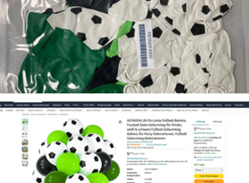 | Germany | The balloons release an excessive amount of nitrosatable substances (NDMA and NDEA) (measured value up to 25.4 mg/kg). These nitrosamines may cause cancer through ingestion or dermal exposure. A child could be exposed to it when touching or putting the product in the mouth. The product does not comply with the requirements of the Toy Safety Directive nor with the European standard EN 71-12. |
| Balloons A12/03072/24 | 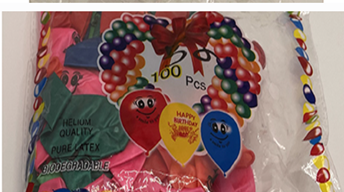 | Sweden | The latex of the balloons releases an excessive amount of nitrosamines (measured total value: up to 1.9 mg/kg). Nitrosamines may cause cancer through ingestion or dermal exposure. A child could be exposed to them when touching or putting the product in the mouth. The product does not comply with the requirements of the Toy Safety Directive nor with the European standard EN 71-12. |
| Swing A12/03068/24 | 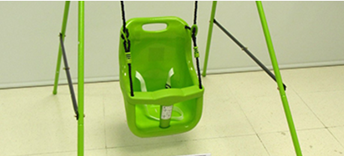 | Croatia | The swing can easily break and release small parts (tie rod, stickers). A small child may put them in the mouth and choke. Moreover, a small child’s head or neck can get trapped in holes/openings of the swing. This creates a risk of strangulation. The product does not comply with the requirements of the Toy Safety Directive nor with the European standard EN 71-1. |
| Toy torch A11/00139/24 | 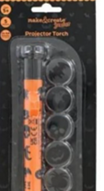 | Ireland | Due to a short circuit, the product can overheat, causing the bottom of the product to melt. As a consequence, users can touch hot parts and suffer burns. The product does not comply with the requirements of the Toy Safety Directive |
| Ice cooling cubes A12/03086/24 | 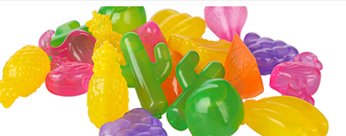 | Poland | Due to its characteristic appearance, colour, form and shape, the product may be mistaken as foodstuff. The product contains small parts. Children may put it in the mouth and choke. The product does not comply with the requirements of the Food Imitating Directive. |
| Wire stripper A12/03090/24 | 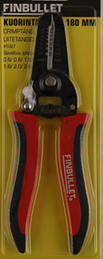 | Finland | The product has an excessive concentration of lead (measured value: 0.18% by weight). Lead is harmful to human health, accumulates in the body and may affect breast-fed or unborn children. The product does not comply with the REACH Regulation. |
| Bolt cutters A12/03078/24 |  | Finland | The plastic material of the handle has an excessive amount of bis(2-ethylhexyl) phthalate (DEHP) and dibutyl phthalate (DBP) (measured values: 24% and 3.4% by weight, respectively). These phthalates may harm the health of users, possibly causing damage to the reproductive system. The product does not comply with the REACH Regulation. |
| String lights A12/03079/24 | 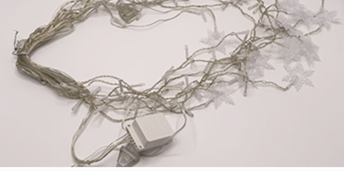 | Sweden | The plastic material of the cord has an excessive concentration of diisobutyl phthalate (DIBP) and short chain chlorinated paraffins (SCCPs) (measured values up to 6.9% and 0.93% by weight, respectively). DIBP poses a risk to human health and the environment. SCCPs persist in the environment, are toxic to aquatic organisms at low concentrations and bio-accumulate in wildlife and humans, posing a risk to human health and the environment. Moreover, the solders in the product have an excessive concentration of lead (measured value up to 40.2% by weight). Lead poses a risk to the environment. The product does not comply with RoHS Directive nor with POP Regulation. |
| Bluetooth speaker A12/03144/24 | 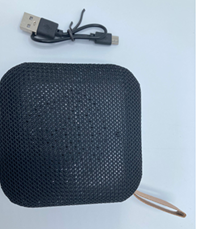 | Sweden | The solders in the product have an excessive concentration of lead (measured values up to 40% by weight). Lead poses a risk to the environme The product does not comply with RoHS Directive |
| Sleep mask A12/03089/24 | 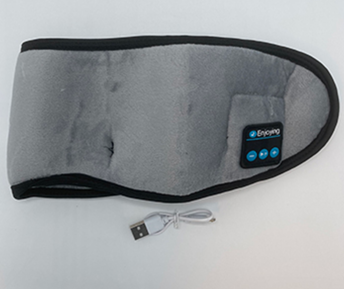 | Sweden | The solders in the product have excessive concentrations of lead and cadmium (measured values up to: 76.7% and 0.32% by weight, respectively). Lead poses a risk to the environment. Cadmium bio-accumulates and poses a risk to the environment. The plastic material of the cable has excessive concentrations of bis (2-ethylhexyl) phthalate (DEHP), dibutyl phthalate (DBP), lead and SCCP (measured values up to: 4.3 %, 1.0%, 0.39% and 3.6% by weight, respectively). DEHP and DBP pose a risk to human health and the environment. SCCPs persist in the environment, are toxic to aquatic organisms at low concentrations and bio-accumulate in wildlife and humans, posing a risk to human health and the environment. Prolonged exposure to them through the skin may cause cancer. The product does not comply with RoHS Directive nor with POP Regulation. |
| Bicycle handles A12/03107/24 | 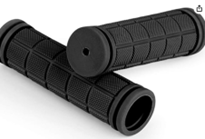 | Sweden | The plastic of the product has an excessive concentration of polycyclic aromatic hydrocarbons (PAHs), notably Benz[a]antracene (BaA) (measured values 1.6 mg/kg by weight). These PAHs may cause cancer. The product does not comply with the REACH Regulation. |
| Yoga ball A12/03080/24 | 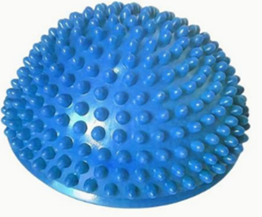 | Sweden | The plastic material of the product has an excessive concentration of diisobutyl phthalate (DIBP) and dibutyl phthalate (DBP) (measured values up to 33.95 % and 1.79 % by weight, respectively). These phthalates may harm the health by causing possible damage to the reproductive system. The product does not comply with the REACH Regulation. |
| Luggage A12/03075/24 | 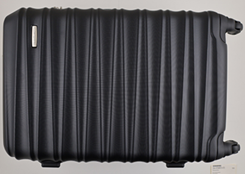 | Finland | The plastic material next to the zipper of the luggage has an excessive amount of dibutyl phthalate (DBP) and bis(2-ethylhexyl) phthalate (DEHP) (measured values up to 4.0% and 5.3% by weight, respectively). These phthalates may harm the health by causing possible damage to their reproductive system. The product does not comply with the REACH Regulation. |
| Perfume A12/03099/24 | 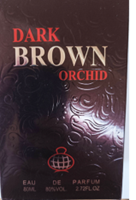 | Hungary | According to the list of ingredients the product contains 2-(4-tert- butylbenzyl) propionaldehyde (BMHCA), which is prohibited in cosmetic products. BMHCA may harm the reproductive system, may harm the health of the unborn child and may cause skin sensitisation. The product does not comply with the Cosmetic Products Regulation. |
| Jewellery set A12/03176/24 | 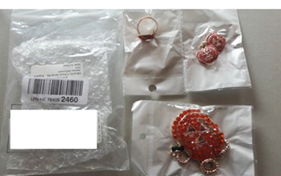 | Germany | The product has an excessive concentration of cadmium (measured value: 40 % by weight). Cadmium is harmful to human health because it accumulates in the body, can damage the kidneys and bones and it may cause cancer. The product does not comply with the REACH Regulation. |
| Earrings A12/03162/24 | 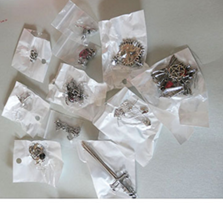 | Germany | The product has an excessive concentration of cadmium (measured value up to 88% by weight). Cadmium is harmful to human health because it accumulates in the body, can damage the kidneys and bones and it may cause cancer. The product does not comply with REACH Regulation. |
| Brooches set A12/03174/24 | 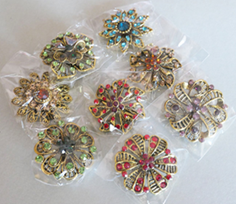 | Germany | The product has an excessive concentration of cadmium (measured value: up to 88 % by weight). Cadmium is harmful to human health because it accumulates in the body, can damage the kidneys and bones and it may cause cancer. The product also has an excessive concentration of lead (measured value: 70 % by weight). Lead is harmful to human health, accumulates in the body, can cause developmental neurotoxicity and may affect breast-fed or unborn children. The product does not comply with the REACH Regulation. |
| Jewellery set INFO/00127/24 | 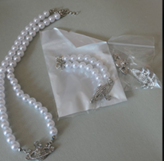 | Germany | The product has an excessive concentration of cadmium (measured value: 84% by weight). Cadmium is harmful to human health because it accumulates in the body, can damage the kidneys and bones and it may cause cancer. The product does not comply with the REACH Regulation. |
| Bracelet A12/03189/24 | 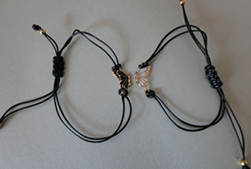 | Germany | The product has an excessive concentration of cadmium (measured value: 87% by weight). Cadmium is harmful to human health because it accumulates in the body, can damage the kidneys and bones and it may cause cancer. The product does not comply with the REACH Regulation. |
| Children’s fancy dress A12/03193/24 | 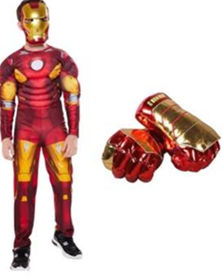 | France | The product has long functional cords in the neck area. These cords can become trapped during various activities of a child, leading to strangulation. The product does not comply with the requirements of the Toy Safety Directive nor with the European standard EN 14682. |
| Soother A12/03158/24 | 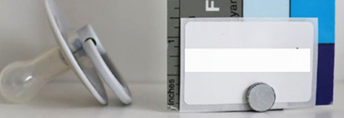 | Austria | The ring on the shield can easily detach from it, releasing small parts. A small child may put it in the mouth and choke. The product does comply with the requirements of the General Product Safety Directive nor with the European standard EN 1400. |
| Soother holder A12/03191/24 | 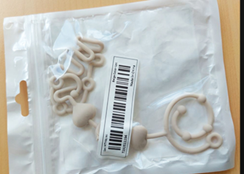 | France | The soother holder is too long, which may lead to strangulation of a child. Moreover, the chain can easily break, resulting in small parts. Small children may put them in the mouth and choke. The product does not comply with the requirements of the General Product Safety Directive nor with the European standard EN 12586. |
| Children’s high chair A12/03152/24 | 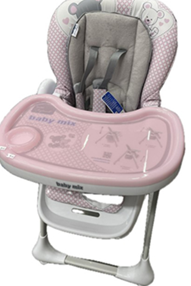 | Lithuania | The product breaks easily by falling on the floor. It can therefore cause injuries to the child and bystanders. Moreover, the fall can generate small parts. A small child can put them in the mouth and choke. The product does not comply with the requirements of the General Product Safety Directive nor with the European standard EN 14988. |
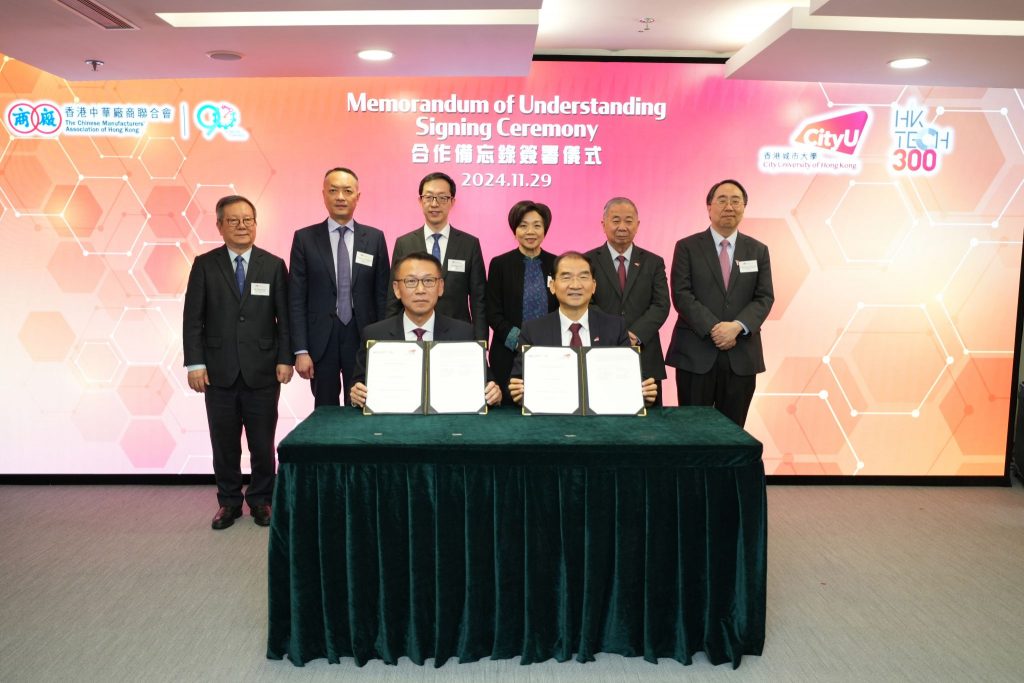
The Chinese Manufacturers’ Association of Hong Kong (CMA)’s Donation cum Memorandum of Understanding Signing Ceremony with City University of Hong Kong (CityUHK) was held successfully on 29 November 2024, aiming at fostering a strategic partnership between the two organizations in industry and academia. The donation ceremony for CMA Testing took place at the same venue to support the HK Tech 300 and other education programmes at CityUHK. The conference room within the HK Tech 300 Co-working space has been designated as the “CMA Testing and CMA+ Conference Room.”
Ms. Lilian Chiang Sui-fook, Deputy Chairman of the Council of CityUHK, and Prof. Freddy Boey, President and University Distinguished Professor of CityUHK, were present at the ceremony. Dr. Wingco Lo Kam-wing, President of the CMA, The Honourable Jimmy Ng Wing-Ka, Member (Industrial-Second) of the Legislative Council of the HKSAR, Dr. Ma Kai-yum, Executive Vice President of the CMA, Mr. Jackson Leung Siu-yin, Vice President of the CMA, Mr. Robert Lok Pak-keung, Vice President of the CMA and Chairman of CMA Testing, and other board members, all of whom came to show their support.
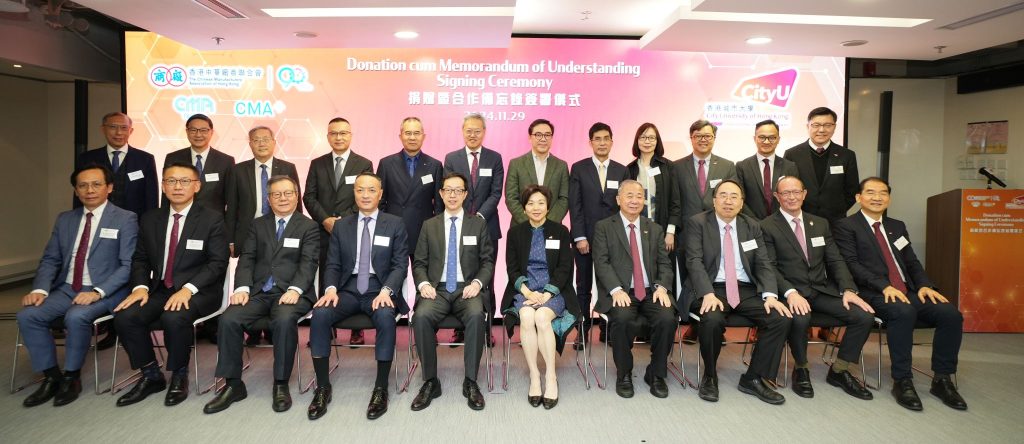

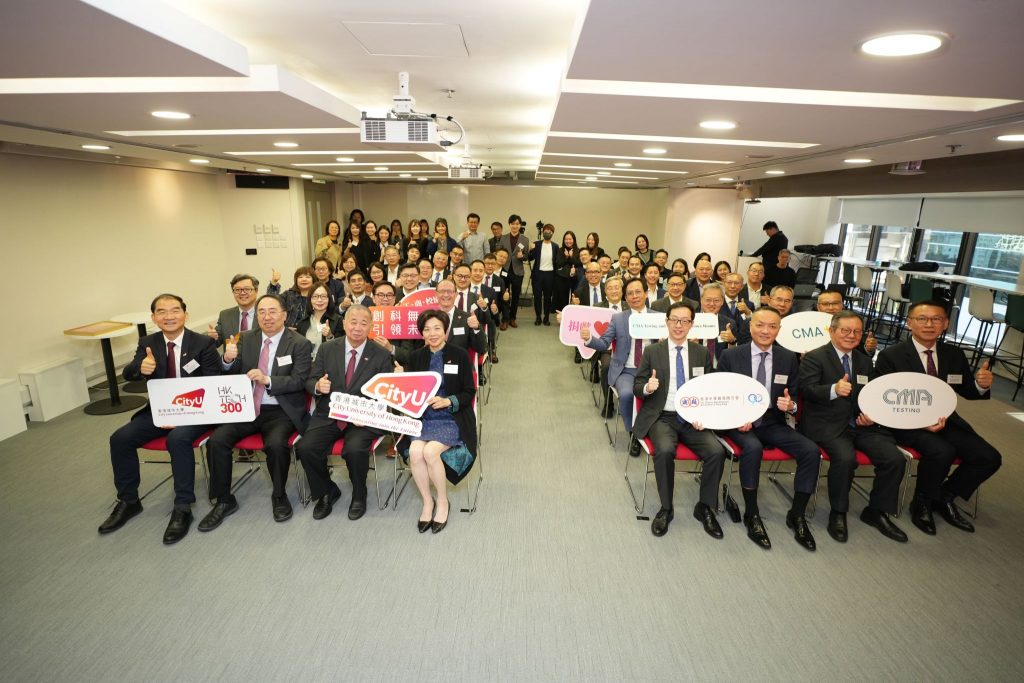
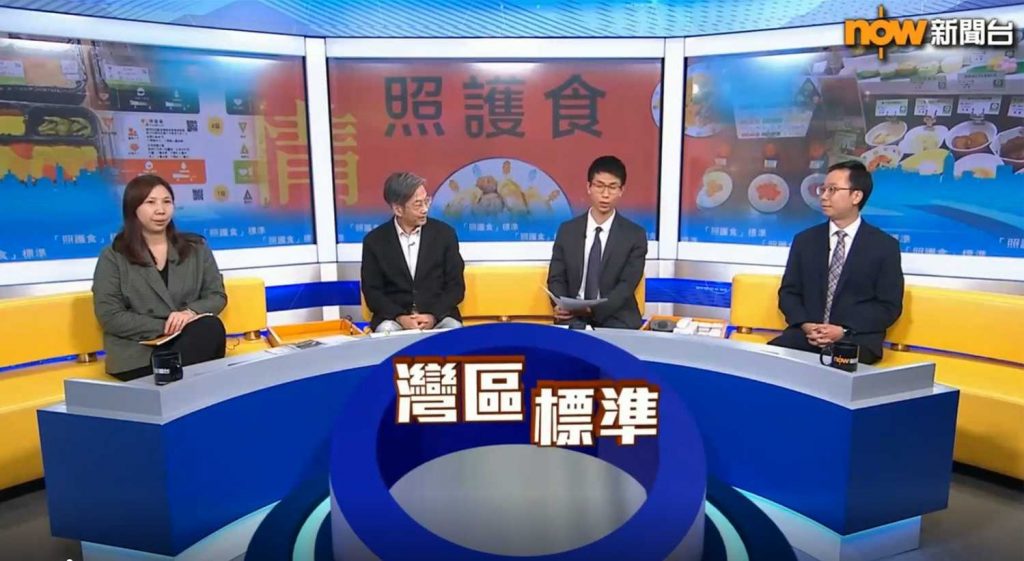
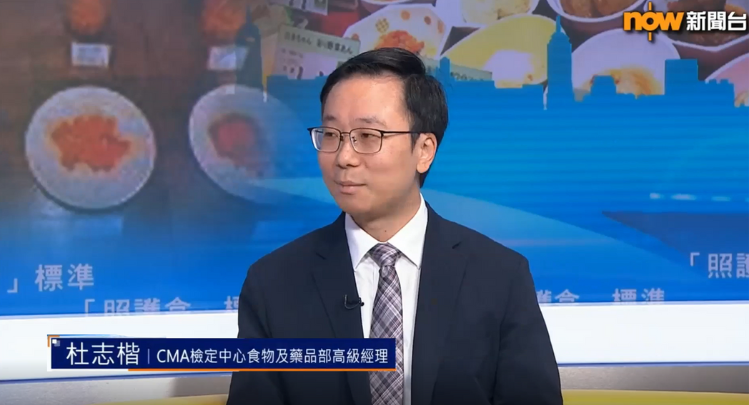
Our Kenneth To, Senior Manager of Food and Pharmaceutical Division of the CMA Testing, and Dr. Jessica Tam, Business Director of the Hong Kong Council of Social Service, were invited to discuss the importance and preparation work of “Care Food Greater Bay Area Standards” on Now TV’s 《News Magazine》 on 25 November 2024.
Rewatching the programme of《News Magazine》- ”Care Food Greater Bay Area Standards”:
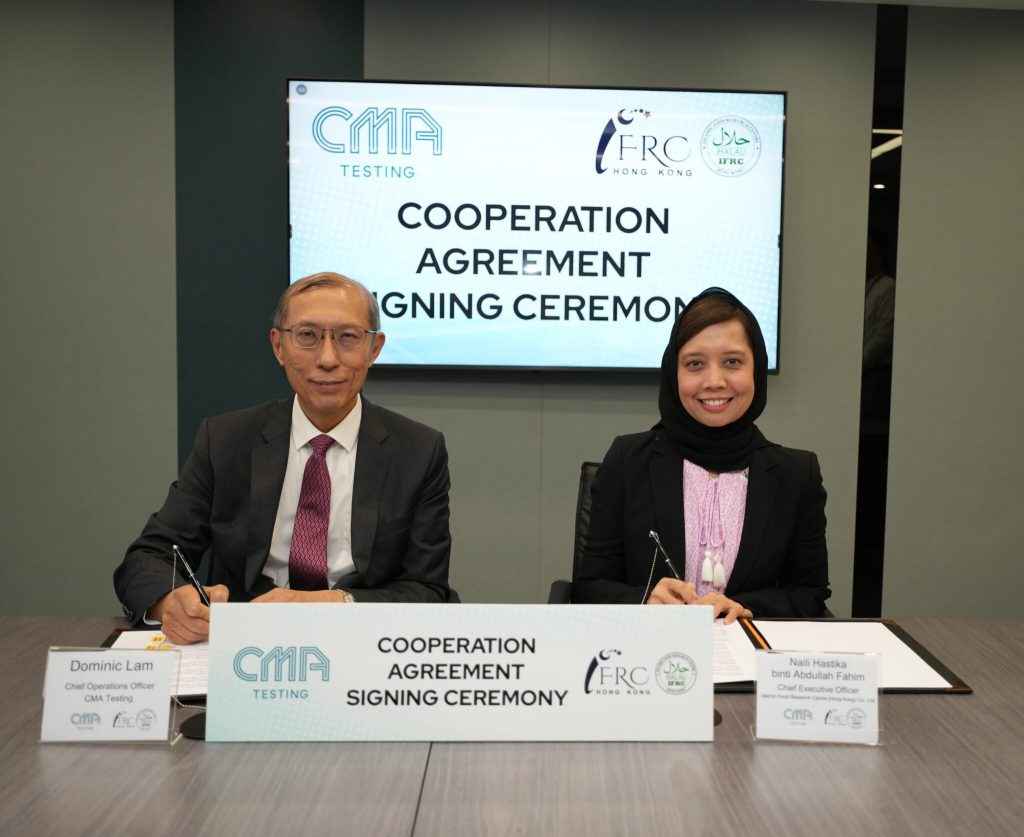
CMA Testing proudly signed a Memorandum of Understanding (MoU) with the Islamic Food Research Centre (Hong Kong) Co., Ltd. (IFRS) on 20 November 2024, marking a significant step towards enhancing the concernment of Halal certification across Hong Kong, mainland China, and worldwide.
Our Chief Operations Officer, Mr. Dominic Lam, and the Chief Executive Officer of the Islamic Food Research Centre (Hong Kong) Co., Ltd., Mrs. Naili Hastika binti Abdullah Fahim, signed the MoU during the conference. The ceremony was filled with optimism and shared visions for the future. We are thrilled to be looking forward to the positive impact our partnership will bring!

